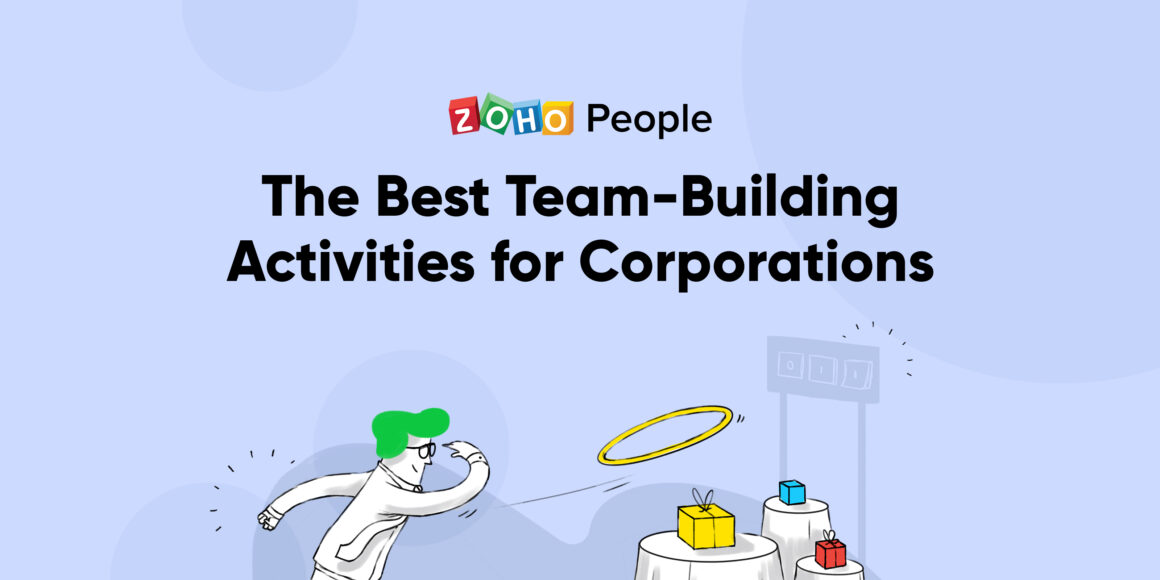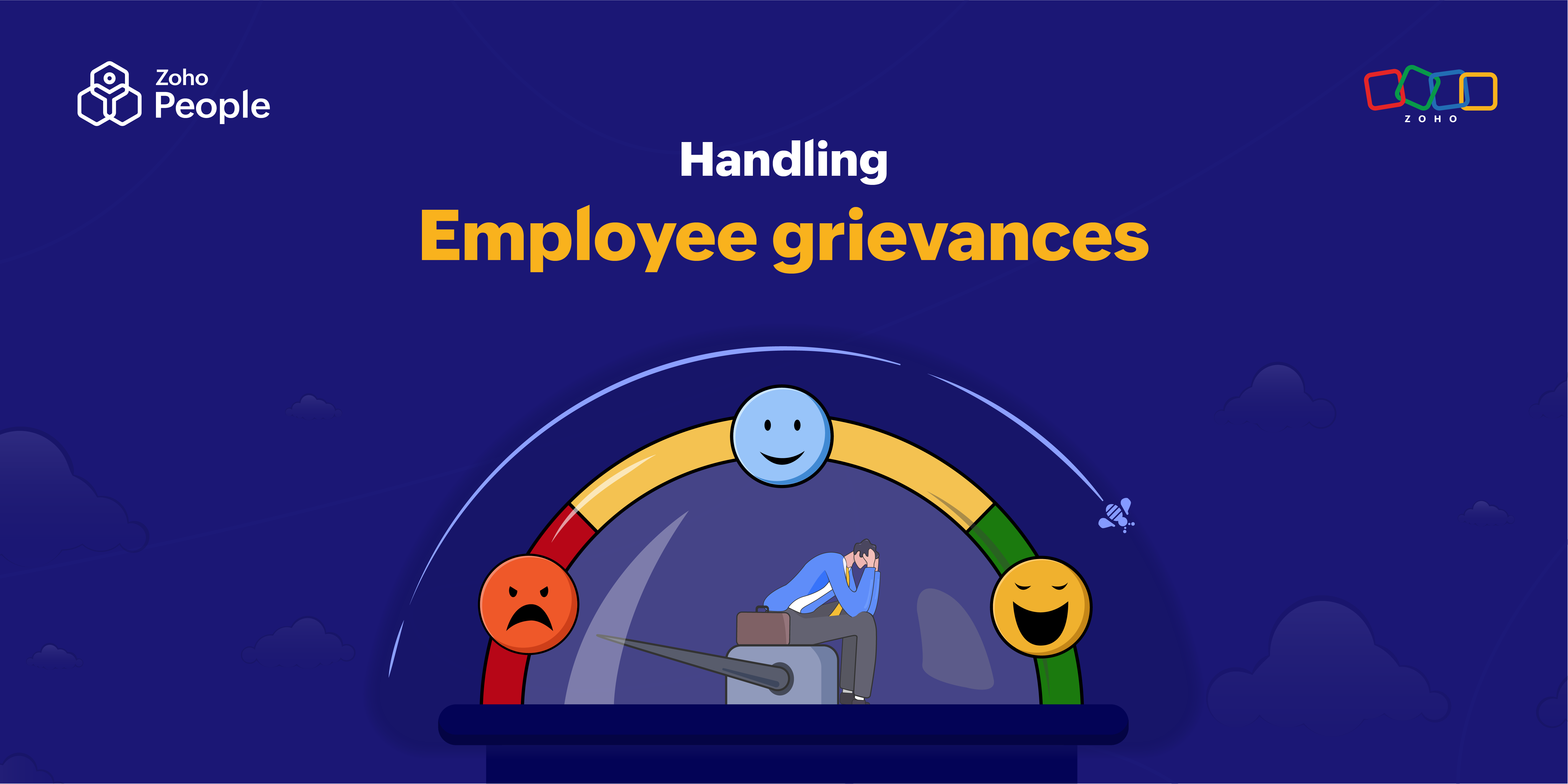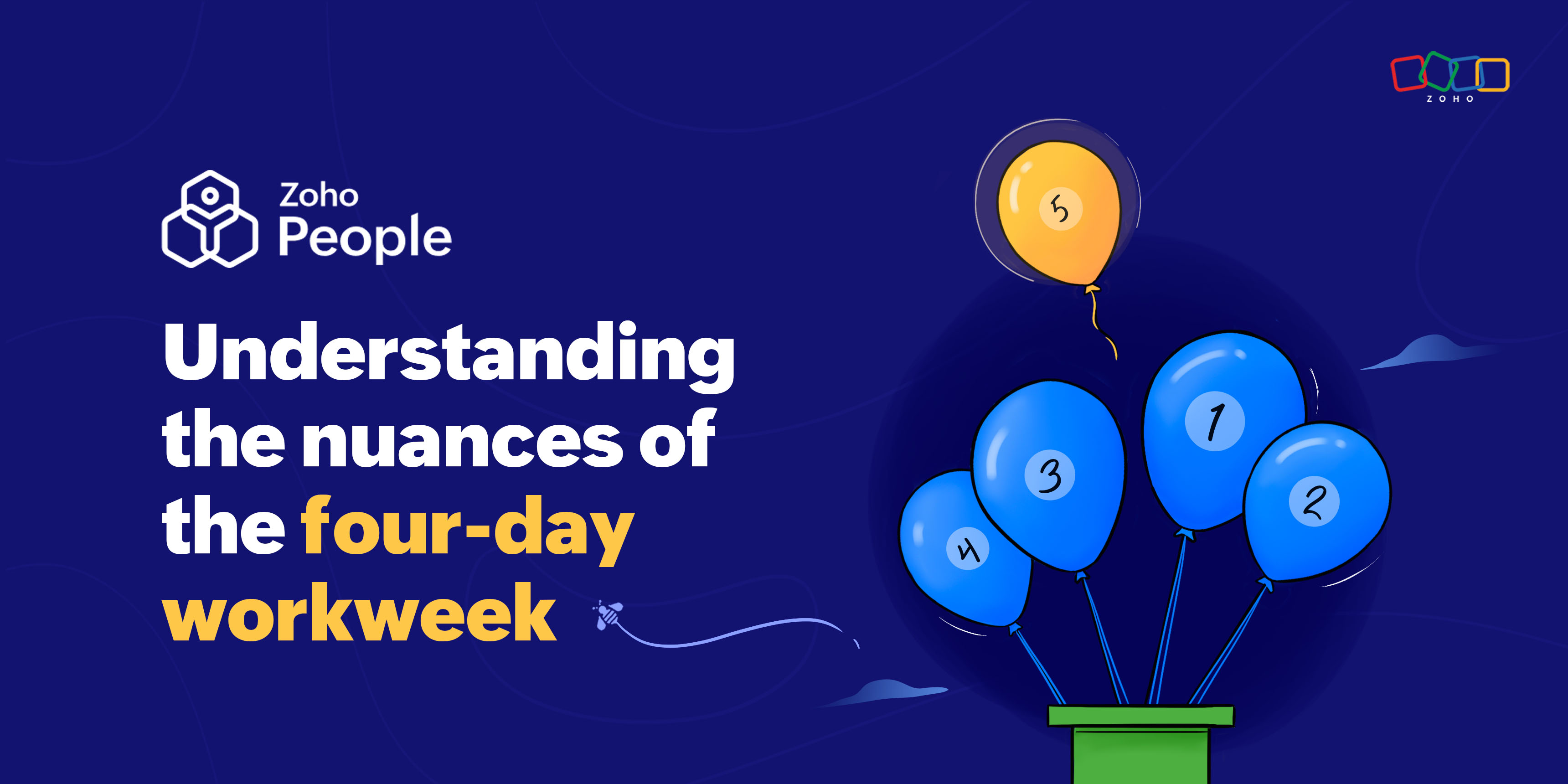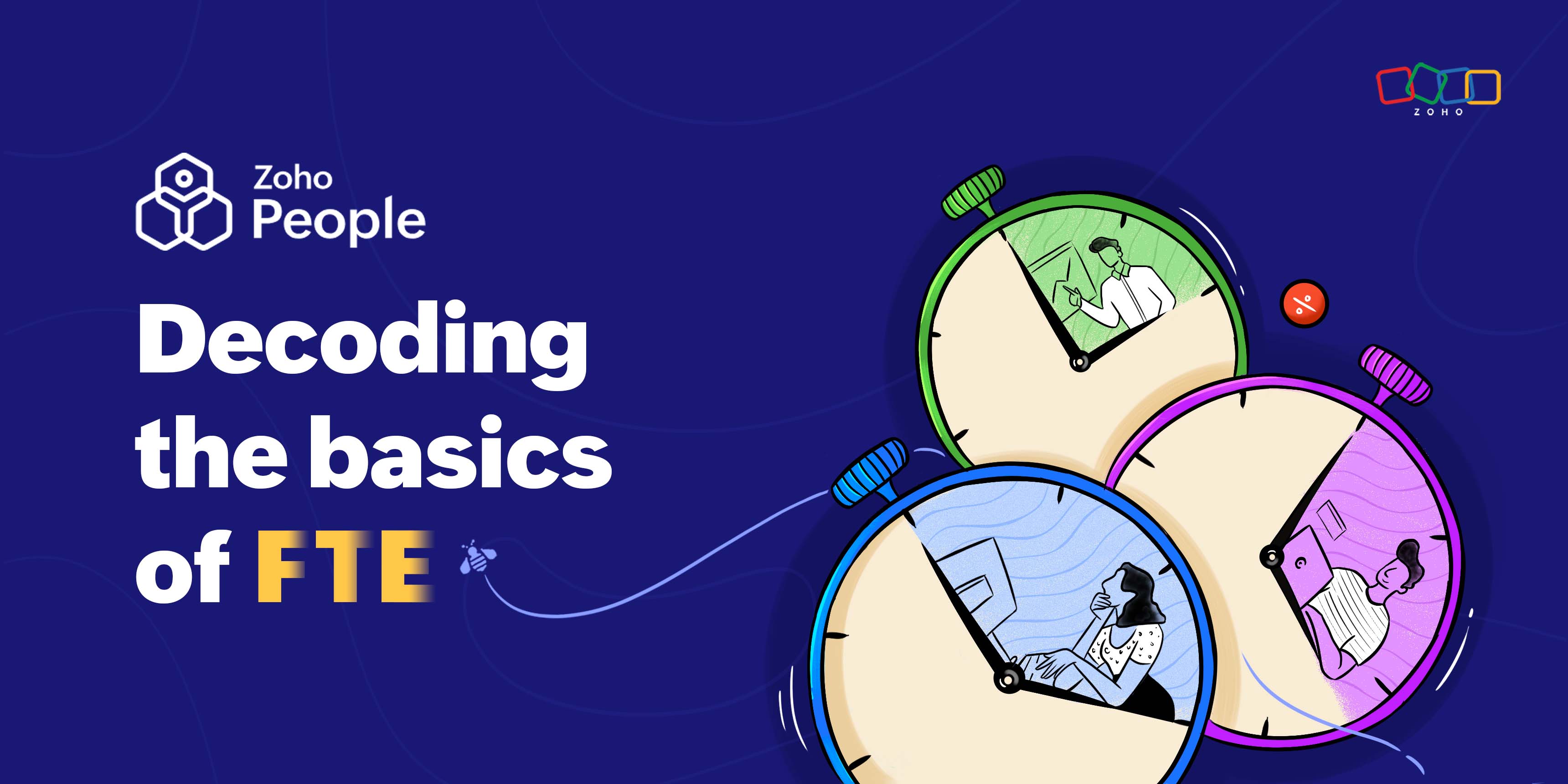- HOME
- More
- Employee Engagement
- Building stronger teams: 15 team-building activities for corporations
Building stronger teams: 15 team-building activities for corporations
- Last Updated : August 23, 2023
- 9.1K Views
- 8 Min Read

Today’s professional world is powered by dynamic individuals coming together to form successful teams. However, a strong team is not based only on the people you hire or how well they know each other. Strong teams are formed when every individual is highly engaged, cooperative, and collaborative.
Why team-building activities?
A report from Gallup states that “51% of the US workforce is not engaged.” Another report finds that disengaged employees can cost companies up to $550 billion a year. Just knowing that engagement is an issue is not enough. It’s important to know what measures actually work to curb this disengagement. Team-building activities are a great way to build a motivated, collaborative, and productive workforce, and they can definitely add value to your employee engagement strategy.
However, choosing the right activities that work for your organization can be a herculean task. The team-building activities you choose should be meaningful, helping your employees achieve a goal or improve a skill. Team-building activities without precise goals or consistency will take a toll on your organization’s resources, and productivity.
Let’s dive into some team-building activities that work.
Team-building activities to break the ice
1. Back-to-back drawing
You’ll need: Pens/pencils, sheets of paper
Time: 10-15 minutes
How to play? Group your team and new hires into pairs, and make them sit facing away from each other. One person gets an image or a phrase and describes it without giving away the answer. The other person must try to draw it. Change pairs up every two or three turns to ensure everyone gets an opportunity to work together. Give this activity a try, and you’re sure to end up with some funny drawings!
Click here to learn how to play.
How it helps? Apart from the fun, back-to-back drawing is a great way to help new recruits get familiarized with the team. When practised consistently, it also improves verbal communication with peers. It’s a simple exercise that’s time-efficient and affordable.
2. A friendly debate
Time: 15-30 minutes
How to play?
Pose funny topics like:
- What’s better? Pizza or burgers?
Eat to live or live to eat?
What’s more essential? Logic or creativity?
Divide your team into groups of four or five on each side. Allow them to discuss the virtues of their side amongst their group, and then have the teams present their views to each other.
How it helps? This will help develop healthy competition and workplace relationships. It helps your team open up to new perspectives and gets them accustomed to having their own opinions challenged.
3. Campfire stories
You’ll need: Sheets of paper and a bowl
Time: 30-60 minutes
How to play? Write prompts like “first day,” “first job,” or “deadline” or even spook it up a little by staying away from office topics and including words like “lost” or “scary.” Add these to a bowl, and pass the bowl around so everyone can pick a topic. When their turn arrives, each person should narrate an incident from their experiences related to that particular word. You don’t really need a campfire for this exercise, but it would be fun to have!
How it helps? The sole purpose of the game is to allow employees to get to know each other through sharing their experiences. A diverse workforce means plenty of different stories, allowing employees to learn new things about their colleagues and connect through similar experiences.
Team-building activities to improve coordination and collaboration
1. Copy the Lego
You’ll need: An equal number of Lego blocks for each team
Time: 15-30 minutes
How to play? Split your team into groups of four or five. Show a Lego model to your teams for 10-15 seconds. Now, each group should try to remember the model and build it within a given time span. To spice things up, allow only one person in each team to view the model and explain it to the other team members. The group that gets the closest to the original model wins!
Click here to earn how to play.
How it helps? This activity brings together collaboration, communication, and team work. This exercise will help highlight soft skills that your employees either excel in or need to work on, including patience, observation, quick thinking, mediating, and coordination.
2. Untangle the human knot
Time: 15-30 minutes
How to play? Form a circle with your team. Each team member should put their right hand out and hold a random team member’s hand across the circle. In the same way, they should put their other hand out and hold another team member’s hand. When everyone has done this, a human knot is formed. Untangle it in the shortest time possible without letting go of each other’s hands. The more the people involved, the more fun it gets.
Here’s a video to show what we mean.
How it helps? This is one of the best team exercises to help improve coordination and collaboration within your team. Since it sets a single goal and gets all team members working towards it, it encourages patience, team spirit, and focus.
3. A shrinking vessel
You’ll need: A rope to mark space
Time: 10 mins
How to play? Mark a space on the floor using the rope and gather your entire team into that space. Keep reducing the circumference so that your team must conceive creative ways to stay within the shrinking boundaries.
How it helps? Shrinking vessel helps develop quick and creative problem-solving skills. It also instills positive thinking in times of pressure and motivates employees to stay together to achieve a common goal.
4. Flip it over
You’ll need: A large piece of cloth or cardboard
Time: 10-15 minutes
How to play? Make each team stand on a large piece of cloth. The team should then try to flip over the cloth without stepping outside of it.
How it helps? Team-building activities like this can help teams think critically when solving problems. It boosts collaboration and coordination, while encouraging employees to laugh at themselves.
5. Reverse Pyramid
Time: 15 minutes
How to play? Have your team stand in the shape of a pyramid, horizontally. Their task is to reverse the base and the apex by moving only three people.
Here’s a video to understand the game better.
How it helps? Reverse pyramid boosts creative problem-solving while encouraging employees to collaborate and communicate better to achieve the goal. It tests cooperation levels and individual behavior when voicing opinions.
6. What would X do?
Time: 30 minutes
How to play? Split your team into groups of four or less. Give them a personality (could be a famous actor or actress, sportsperson, doctor, fire fighter, etc) to play out in a totally unrelated situation. Your team should conceive ways to tackle that situation from that particular personality’s perspective.
How it helps? Such team activities encourage spontaneous creative thinking and problem-solving abilities. While some situations can turn out to be mind-blowing, others can turn out to be ridiculous. Either way, your employees are guaranteed to have a great time.
Team-building activities to reduce stress
Stress is never pleasant. Workplace stress that is left to build up can lead to demotivation, negative thinking, and burnout. As an employer, it’s your responsibility to help your employees manage stress with healthy work-life practices. Though providing healthy food or a positive work environment are great goals, team activities that allow your employees to unwind are also wise. Here are some exercises that can help de-stress your employees.
1. Volunteer at a school
Time: A few weeks on a regular basis.
How it works: The idea of this activity is to help children in struggling schools. Approach a nearby school that requires help, and offer mentoring. Split your team into groups of eight to ten and assign them to teach different age groups. If mentoring isn’t what the school needs, you can also work on refurbishing. Volunteer services like painting, electrical, or plumbing. You can continue this for a few weeks over the weekends.
How does it help? Such community activities do not just build your reputation and employer brand, but they also give your employees a chance to get to know each other out of work. This is on top of the satisfaction garnered from giving back to the community. It shifts employee focus, allowing your team members to take a break from their ordinary routine.
2. Passion projects
Time: 30 minutes/day
How does it work? This is a decisively simple activity that can be practiced every day at work. Allot 30 minutes a day for your employees to work on their passion projects. It could be a programmer who’s always wanted to develop a different app that’ll help your business, or it could be a designer who wants to try a new style. At the end of every week, gather your entire team and discuss the different projects they have worked on.
How it helps? Everyone always yearns for “me time.” Wouldn’t it be great if you could offer some productive, stress-free time at work for employees to focus on their passion projects? This doesn’t just reduce stress, but it also highlights the many talents your workers have.
3. Improv storytelling
Time: 20 minutes
How does it work? Gather your team in a circle. Provide each of them with a name of an animal, object or phrase written on a sheet of paper. The first person starts a story with the prompt they have. After this, everyone in the team should improvise the story with a few sentences during their turn, based on their prompts. Imagination is fun, and you’re sure to create a memorable story.
How does it help? This game doesn’t require any great effort. A simple and entertaining activity that would help employees relax their minds. Impromptu activities instill confidence within employees, helping them to make decisions with conviction, and helps them to laugh at themselves.
Team-building activities to improve work culture
1. Survival simulation
Time: 30 minutes
How to play? Divide your teams into small groups and give them a situation like “stranded on a deserted island” or “lost in a city during a zombie apocalypse.” Ask your teams to discuss the possible items they would find in that place or the things they would require to survive, and write them down on a piece of paper in the order of importance.
How it helps: Survival situations help your teams to have healthy debates. As a manager, you can observe how the teams behave when opinions differ. This helps build a competitive yet healthy work culture where employees can become more comfortable voicing their thoughts.
2. Frostbite
You’ll need: Materials like cloth, ropes, tape, and sticks to build a shelter.
Time: 45-60 minutes
How to play? Divide everyone in groups of five to eight. The situation is that teams are lost in the arctic and need to build a shelter to withstand the freezing winds. The team elects a leader who suffers from frostbite while the other team members are struck with snow blindness and must be blindfolded. With just verbal communication, the leader must guide the team to build the shelter. Choose an open space like a park to ensure you have the most fun.
How it helps? This game depends on how employees help each other and measure their ability to follow instructions under pressure. It helps build trust and a sense of understanding as they move toward a common goal.
3. Jigsaw puzzle
You’ll need: A giant jigsaw puzzle
Time: 60-120 minutes
How does it work? It’s first important to find the right puzzle for your team. A big one can make the task more exciting and challenging.
Here’s how big a puzzle we’re talking about
How it helps? Jigsaw puzzles are fun and exciting, but also needs focus and determination to complete. A giant puzzle-solving activity enables teams to coordinate efficiently. But in such huge team-building activities, there are chances that a few employees might not participate completely. This lack of engagement is something to look out for so you can address it at a later time.
Final thoughts
Team-building activities aren’t mere exercises that organizations waste time and money on. They go beyond this cliched assumption. Investing in the right team-building activities consistently ensures a great ROI by helping to develop engaged, motivated, and collaborative employees. Are there any other interesting activities that you practice in your organization? Tell us in the comments below.
Together Everyone Achieves More!
 Princy
PrincyProduct Marketer at Zoho People.


